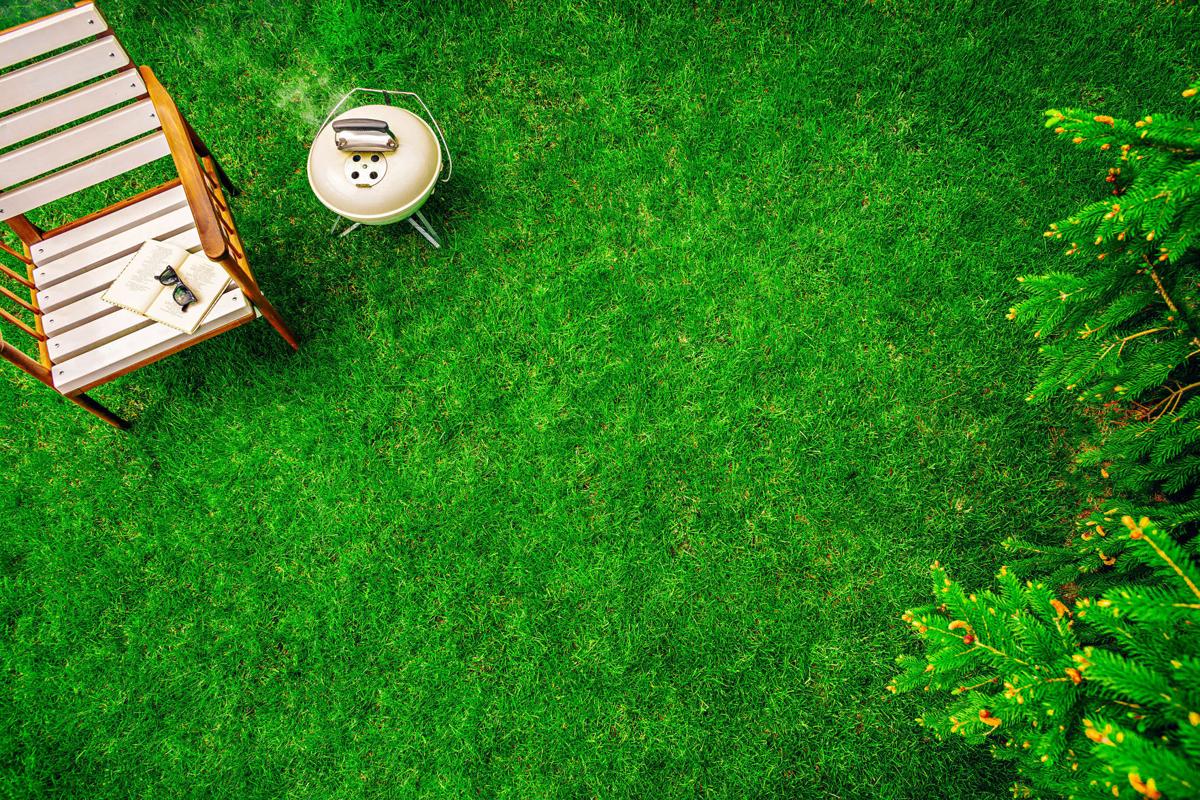IN THE YARD: Now's the time to prepare for grass care in fall
By STUART SUTPHIN Contributing columnist Aug 18, 2020
- Metro Creative Connection
It is August and time to start thinking about our lawns.
There are some things we can do now to get ready for more active lawn work in the next couple months.
If you had a problem with annual bluegrass — also known as Poa annua — then it will be coming back. Although it does not show up until late winter or early spring, the seeds it dropped last May are starting to germinate. Since it is an annual weed that must grow from seed every year, it has a weakness that we can exploit. Most of the crabgrass preventer herbicides that we used last February and March will control annual bluegrass, but they need to be applied right now to do much good (last week would have been better.)
But finding those herbicides can be a challenge at this time of year. There is very little demand for these products in August, so the retailers do not usually keep a supply on hand now. People who look ahead may have saved some of their crabgrass preventer from last winter to deal with the problem now.
But there may be an alternative. Crabgrass preventer is a pre-emergent herbicide that is applied to the lawn before the weeds emerge. Most broadleaf weed killers are intended to be used as post-emergent; they are formulated to kill weeds that already exist. The 2,4-D and dicamba combination works well on established broadleaf weeds, but it will also reduce germination of grass seeds for up to eight weeks after it is applied. So maybe an application of this broadleaf weed treatment will give at least some partial results. Do not plan to overseed a treated area for at least eight weeks after using the herbicide as the seeds will not germinate very well. Also, do not use a weed and feed, as we will start feeding our lawns next month when the weather starts to cool down.
If you have not applied lime to your lawn in the last three years or more, you should have your soils tested to determine if any lime is needed. The tests also will include recommendations for fertilizing the lawn. Lime is routinely needed about once every three to five years since our soils are naturally very acidic. The correct amount of lime to use can only be determined from a soils test. Most people don’t use enough. The fertilizer recommendation also is important. Unless there is a recent soil test that says it is needed, the law says that no phosphorus can be applied to an existing lawn. That means the middle number of the fertilizer formulation must be “0” as in 25-0-3. This also means that fertilizers intended for crops, such as 10-10-10, cannot be used on lawns. Remember that lime can be applied at any time of the year, but the best time to apply fertilizer to a lawn is September through December.
In mid-September, if you did not use a pre-emergent herbicide or broadleaf weed control, you can put down new grass seed if it is needed. You can seed new grass until the end of October safely. If you can take a dare, you can seed through the middle of November. Fescue grass will need 10 to 14 days to germinate and start to grow. It will need an additional seven to 14 days to establish a strong root system. This process needs to be completed before cold weather arrives in November. Some light frost will not likely damage the new grass as long as nobody walks on it while it is covered with frost. And it is a good idea to get the new grass established before you start raking leaves.
For controlling those consistently determined broadleaved weeds such as chickweed and dandelion, you should apply a broadleaf herbicide in late October or early November. These weeds have germinated and started to grow by mid-October and the herbicide will catch the new growth while it is still young and tender. Remember that this product may damage new grass so read the label. There will be something included in the instruction about seeding new grass both before and after using the herbicide.
Enjoy your garden.
For questions or suggest a topic for this column, contact me at [email protected].


